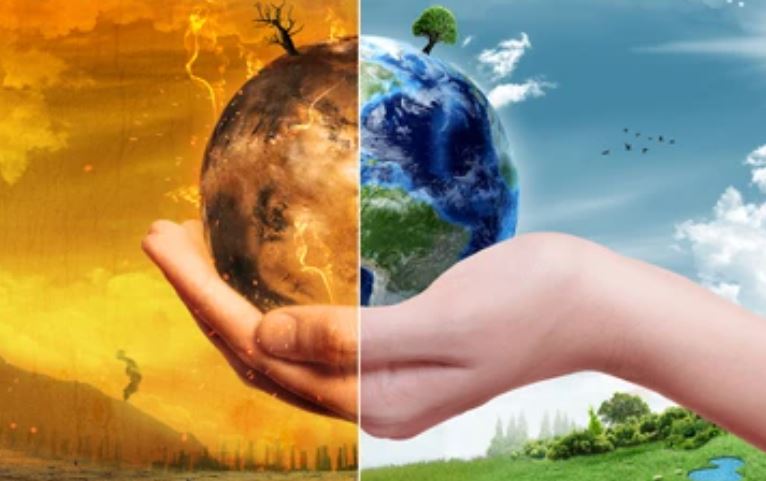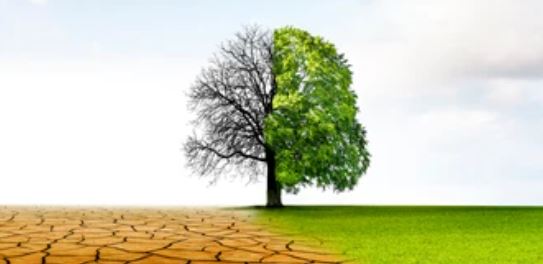
Changes in the climate have been observed at the global level, through the measurements of temperature at the surface and the middle atmosphere.
There has been an increase in sea level, sea surface temperature, ocean heat and water vapor in atmosphere. The atmospheric concentrations of carbon dioxide, methane and nitrous oxide have increased unprecedentedly in the last 8000,000 years.
Carbon dioxide concentrations have increased by 40% since preindustrial times, primarily from fossil fuel emissions and secondarily from net land use changes. The ocean has absorbed about 30% of the emitted anthropogenic carbon dioxide, causing ocean acidification.
Global and regional climatic change trends indicate that the continue emission of greenhouse gases will cause a further increase in temperature, leading to changes in all the components of the climate system in the future.

Causes :-
- Water vapor.
- Carbon dioxide (CO2)
- Methane.
- Nitrous oxide.
- Cholorfluorocarbons (CFCs)

All of the above factors are not controlled…
Extreme rise in temperature in the future will lead to hot days and nights, as well as frequent heat waves, which can adversely affect human health.
Climate change is expected to affect water availability and can cause water scarcity throughout Europe. Changes have been observed in river flows, which have reduced in southern and eastern Europe. Changes have been observed in river flows, which have reduced in southern and eastern Europe and increased in other regions, causing seasonal changes.
In most of the areas, less precipitation and high temperature during summer will leads to more frequent and intense summer droughts.
Sea level has been rising since the 20th century and the tendency has increased in recent decades. This is mostly due to the thermal expansion of the oceans as a result of global warming as well as the melting of glaciers, With the rise in global temperature, coasts will become more vulnerable to flooding and erosion. Sea-level rise is projected to reduce the amount of the available freshwater in the future.
There is great risk of flash flooding in mountainous regions and their downstream valleys because a high proportion of precipitation flows straight into the river systems.
Solutions :-
- Use energy wisely :- Change to energy-efficient light bulbs. Unplug computers, TVs and other electronic devices when you are not using them.
- Minimal use of fossil fuels :- Reduce fossil fuel consumption, Switch to pooling and use public transport.
- Invest in renewable energy :- Switch to Bio fuels, Install solar panels in houses for generating power.
- Go Green :- Pledge to plant and protect trees.